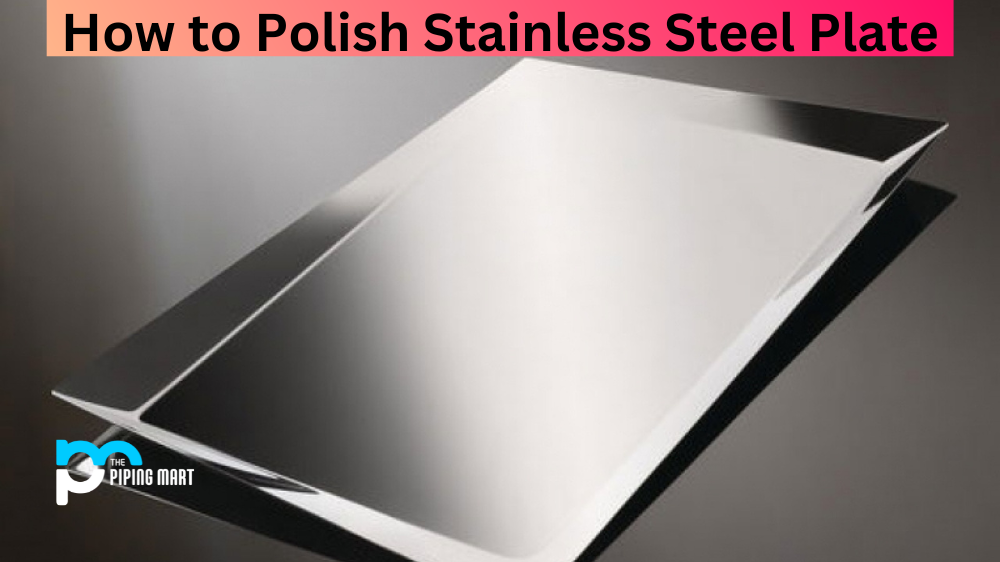You’ve heard the term “AR500 steel” thrown around, but what exactly is it? And how does it compare to mild steel? These are essential questions to consider if you’re looking for a type of steel that can stand up to wear and tear, whether starting a construction project or making a purchase for your business. Let’s take a look at the differences between AR500 and mild steel.
What is AR500 Steel?
AR500 steel is an alloy that contains added alloys such as carbon and manganese. This type of steel provides excellent strength and durability while also being cost-effective. It has been designed specifically for applications requiring high impacts or abrasion resistance, such as shooting range targets or other uses in which projectiles repeatedly strike the material.
What is Mild Steel?
Mild steel, on the other hand, is a low-carbon form of plain-carbon steel with less than 0.25% carbon. It has several advantages over other types of steel, such as its low cost, corrosion resistance, and weldability. Mild steel is often used in construction projects due to its ability to bend without breaking and its low cost relative to other materials.
Difference Between AR500 and Mild Steel
The primary difference between these two types of steel is their composition; AR500 alloy contains added alloys, while mild steel does not contain any additional components beyond iron and carbon. As mentioned above, this makes AR500 stronger and more resistant to wear than mild steel. Additionally, because it has been designed for specific applications where high impact or abrasion resistance is needed, it will be more expensive than mild steel since it can withstand more punishment without needing to be replaced.
Chemical Composition
One of the primary differences between AR500 and mild steel is their chemical composition. AR500 steel contains high levels of carbon and chromium, which gives it superior hardness and abrasion resistance. Mild steel, on the other hand, contains lower levels of carbon and chromium, making it more ductile and less resistant to wear.
Hardness
Another difference between AR500 and mild steel is their hardness. AR500 steel is significantly harder than mild steel, with a hardness of 500 HBW compared to a hardness of only 120-180 HBW for mild steel. This increased hardness makes AR500 ideal for applications where high wear resistance is required, such as in bulletproofing or in mining operations.
Cost
Another key difference between AR500 and mild steel is their cost. AR500 steel is much more expensive than mild steel, due to its higher carbon and chromium content. However, the increased cost of AR500 is offset by its increased durability and wear resistance.
Applications
AR500 and mild steel also have different applications. AR500 is typically used in high-wear applications such as bulletproofing or mining, while mild steel is used in lower-wear applications such as in construction or automotive manufacturing.
Weldability
Finally, another difference between AR500 and mild steel is their weldability. Mild steel is much easier to weld than AR500, due to its lower carbon content. However, welding AR500 can be done with the proper equipment and techniques
Conclusion:
AR500 and mild steel have their strengths when compared against one another – which will depend on your application needs and budget constraints. If you need something that can withstand repeated impacts from projectiles, then AR500 would be the better choice; however, if you need something that won’t rust or break easily, mild steel might be the way to go! No matter your needs, understanding the differences between these two types of steel can help make sure you make an informed decision when making a purchase or beginning a construction project.
Meet Heer, a dynamic and driven writer learning tricks of her trade in the metal industry. With a background in Digital Marketing, Heer brings a unique perspective to her writing, sharing valuable insights. Apart from blogging she like reading and hiking.




